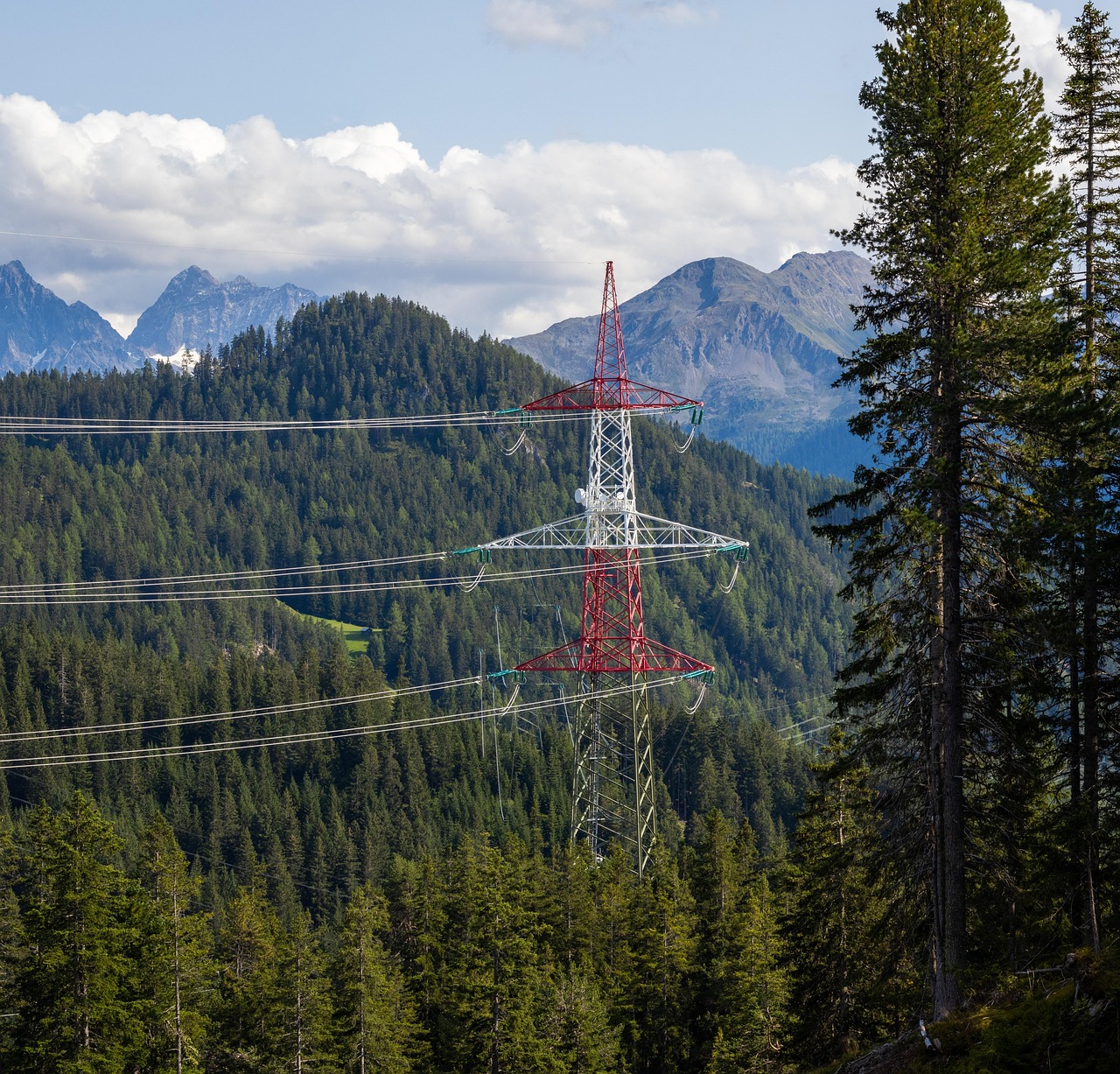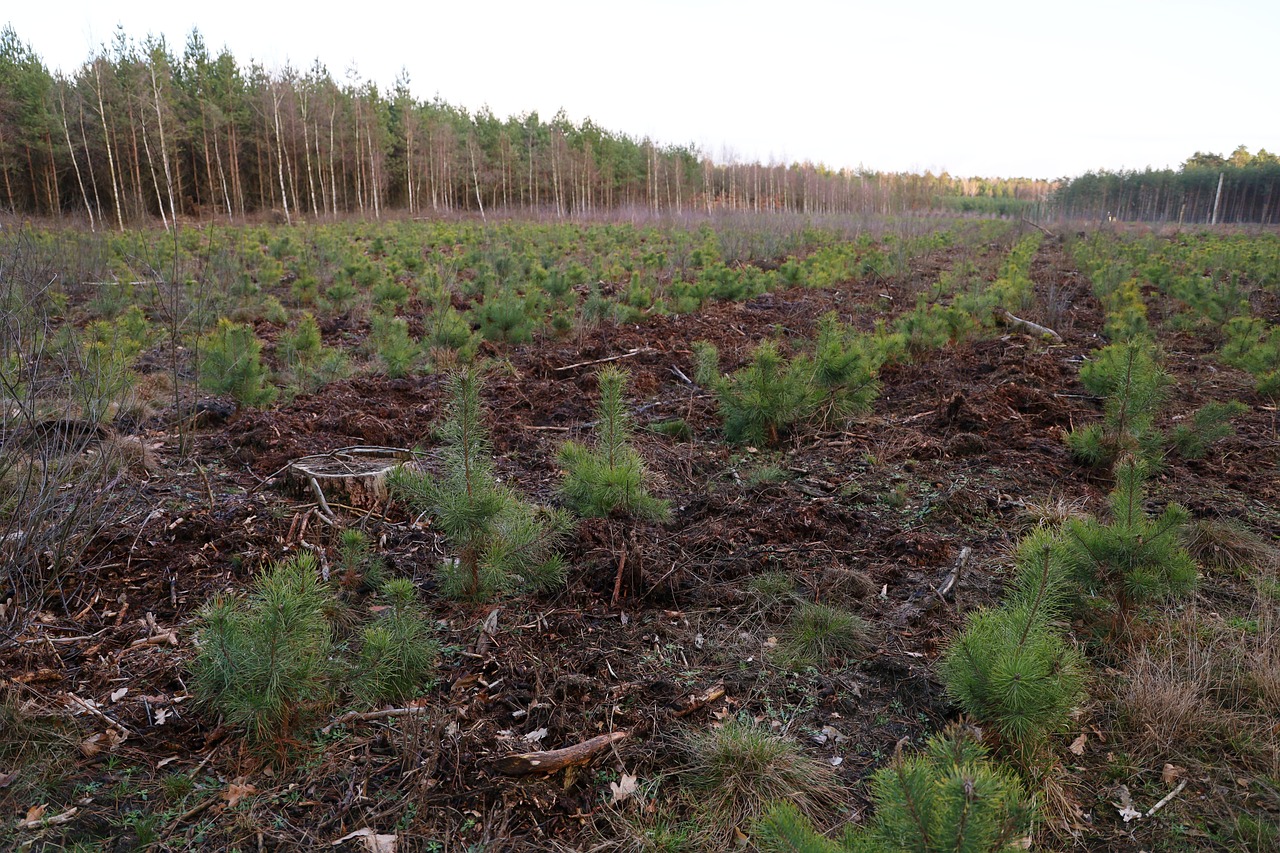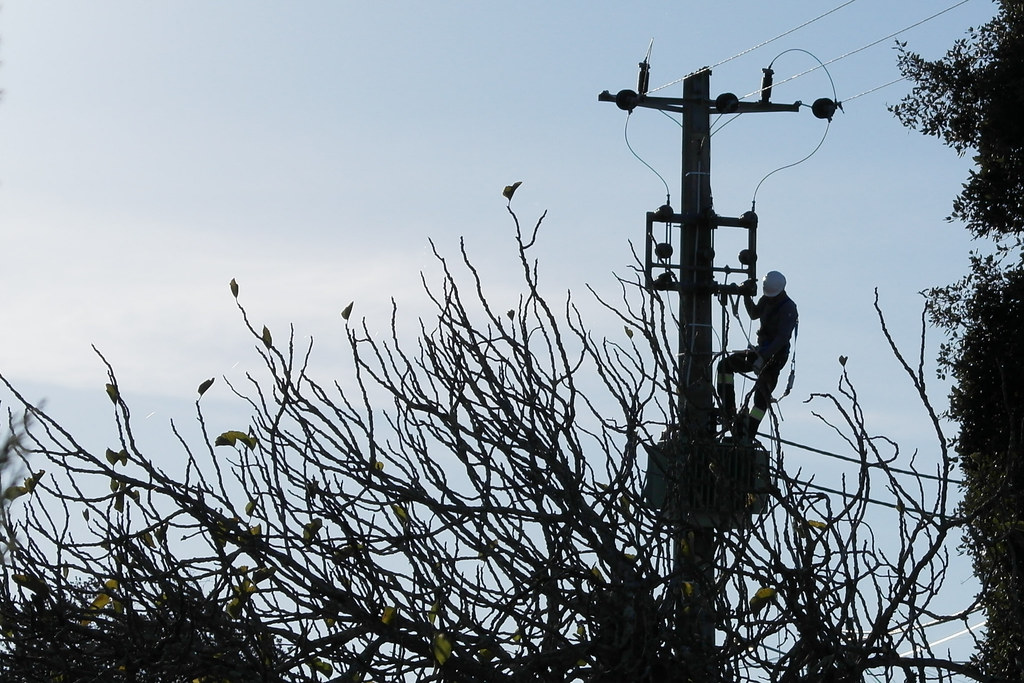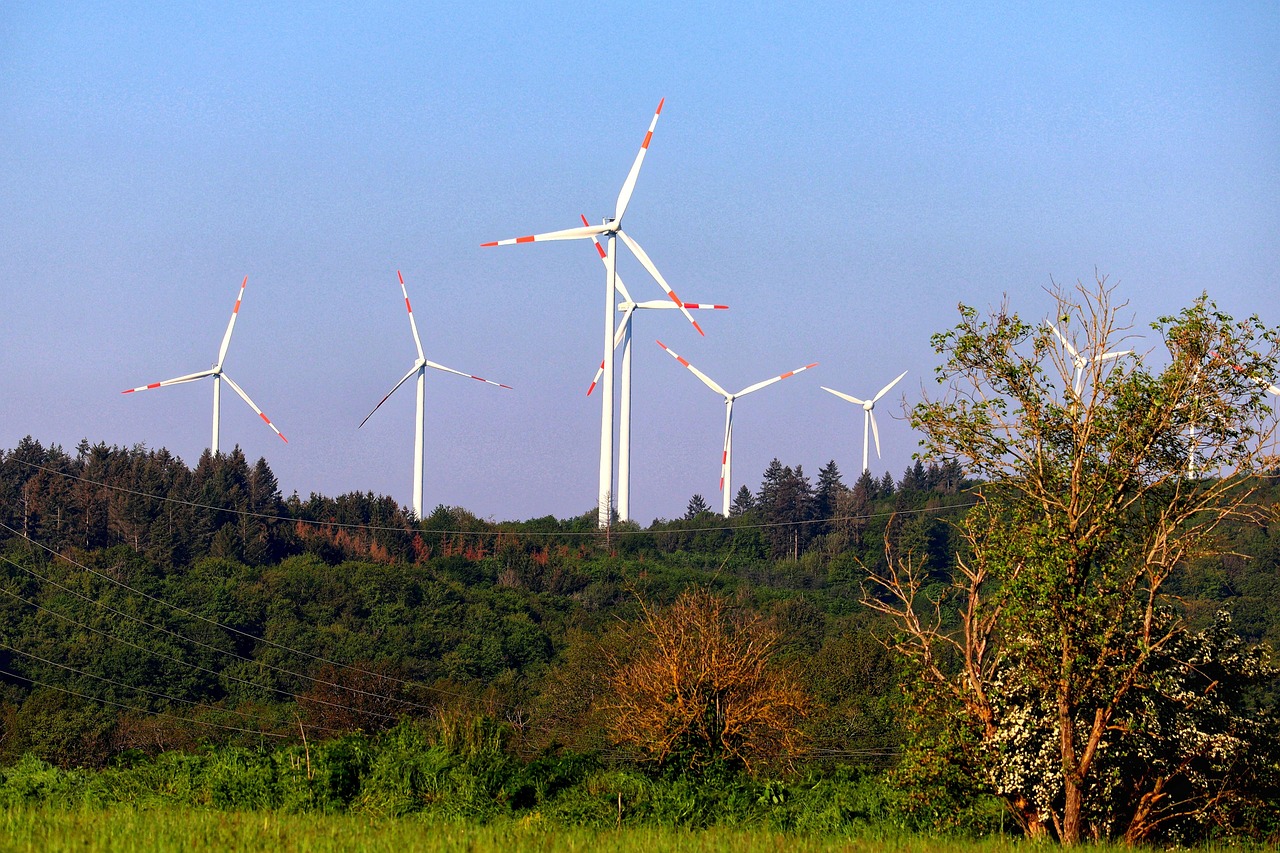The mysterious phenomenon of trees and forests generating their own electrical signals has captivated researchers worldwide. These natural electrical patterns, operating at incredibly low frequencies, represent one of nature’s most intriguing systems that most people have never heard of.
Scientists have discovered that old-growth forests don’t just absorb and release carbon dioxide. They actually function as massive biological electrical circuits, emitting subtle but measurable that can be detected with specialized equipment. This electromagnetic activity happens continuously, creating an invisible network of that connects entire forest ecosystems in ways we’re only beginning to understand.
The Hidden Bioelectrical Network of Living Trees

Trees generate continuous electrical potential differences between electrodes inserted in their phloem and the surrounding soil. This electrical activity isn’t random or accidental. Scientists have measured electrical signals in pine trees, with young trees showing maximum electrical signals of 0.6 volts and 0.6 microamperes.
What makes this even more fascinating is that these electrical signals fluctuate based on environmental conditions. Researchers have observed day-night oscillations in electrical measurements, with punctual meteorological events like rainfall and electrical storms affecting the signals. The electrical intensity grows exponentially with voltage, creating a complex network of bioelectrical activity that spans entire forest systems.
Low-Frequency Plant Signals Operating Below Human Detection

Plant electrical signals are characterized as low-frequency and weak in terms of , with frequencies typically around 0.5 Hz or lower. Research indicates that bioelectrical signals from plants typically occur at very low frequencies, often below 1 Hz, with nonlinear characteristics.
These signals operate far below the range of human hearing or typical electronic devices we use daily. The plant electrical signal has specific features including being weak, low-frequency, and time-varying. This means forests are continuously transmitting information through electrical channels that remain largely invisible to human senses.
Forest-Wide Electromagnetic Communication Systems

Bioelectric signals from different trees may be precisely synchronized or may lag behind, with correlations that suggest the forest can be viewed as a collective array of in-phase elements. This creates what scientists describe as a forest-wide communication network operating through electromagnetic fields.
In plants, externally measured voltage differences conform to complex tree morphology, with electric currents preceding lateral root emergence. This suggests that the electrical activity isn’t just a byproduct of tree metabolism but actually plays a role in coordinating growth and development across the forest ecosystem. Trees appear to be sharing information about environmental conditions, resource availability, and potential threats through these low-frequency electrical signals.
Earth’s Natural Frequency Connection to Forest Systems

The Schumann frequency resonances, which are extremely low frequency phenomena in Earth’s electromagnetic field generated by lightning discharges, are actually used by trees and vast ecosystems they are connected to. While Earth’s fundamental electromagnetic frequency is approximately 7.83 Hz, the direct connection between this and forest electrical systems requires further research.
Scientist Philip Callahan described how trees and forests function as perfect examples of dielectric antennas, operating as low systems that tap into the Schumann Harmonic Cascade. Forests situated between the positively charged atmosphere and negatively charged earth exhibit the same electrical condition as a dielectric component in a capacitor, functioning as a subtle system.
The Role of Age and Species in Electrical Output

Research indicates that the age of Mediterranean pines has a direct influence on electrical potential, with young pines reportedly presenting higher voltage than mature trees. This age-related difference suggests that electrical activity might be connected to growth rates and metabolic activity.
Tree maturity influences electric potential directly, with maximum electrical signals measured in young pines showing values of 0.6 V and 0.6 µA for voltage and current respectively. Different species also show varying electrical characteristics. Mediterranean pine forests, for example, demonstrate consistent patterns of electrical distribution that correlate with seasonal changes and environmental stress factors.
Environmental Factors Affecting Forest Electrical Activity

Higher electrical signals are gathered during rainy seasons with moderate temperatures, while very low signals, including zero intensity measurements, occur during stressful periods like mid-summer when soil humidity becomes the limiting factor. This environmental sensitivity makes forest electrical systems natural indicators of ecosystem health.
Analysis of bioelectric potentials reveals strong correlation between higher-order complexity measurements and thermodynamic entropy, suggesting that bioelectrical signals can reflect the metabolic activity of plants. Weather patterns, soil moisture, temperature fluctuations, and even lunar cycles all influence the electrical output of forest systems, creating a complex web of environmental relationships.
Seasonal Patterns and Daily Rhythms in Forest

When plants draw water from their roots to nourish their stems and leaves, they produce electric potential, but this process is subject to circadian rhythm – the biological clock that influences day and night cycles, including capturing light for photosynthesis during the day and slowing growth processes at night.
In situ measurement of bioelectric potential reveals valuable insights into biological activity including responses to lunar and solar cycles and collective behavior in forest environments. These daily and seasonal patterns create predictable rhythms in forest electrical activity that researchers can track and measure over extended periods.
Trees as Natural Capacitors and Storage Systems

Trees can release ions as water moves from their roots through their trunks, and through chemical reactions, these ions generate measurable electric charge similar to bioelectric processes in the human body. This process turns each tree into a biological battery that can store and release electrical .
The plasma membrane acts as a capacitor with voltage gradients generating measurable electric currents when ions powered by electromotive force diffuse through cytoplasm and interstitial fluids. This creates a natural storage and distribution system that operates continuously throughout the forest ecosystem.
Future Applications for Forest Bioelectricity Harvesting

Research suggests these findings could help develop biomimetic, nature-inspired systems that address the global crisis with eco-friendly solutions where planting trees provides both climate benefits and electricity generation. Scientists are exploring ways to harness this natural electrical activity for practical applications.
Researchers are working on methods to collect bioelectricity and convert it into usable power, offering entirely renewable without harmful emissions while trees continue their carbon absorption functions. Though the electrical output from individual trees remains low, scaling up through bioengineering advances could make forest-generated electricity a viable supplementary source for remote areas.
Conclusion

The discovery that forests emit low-frequency electrical opens up an entirely new understanding of how ecosystems function as integrated electrical networks. These natural systems operate continuously at frequencies below human detection, creating sophisticated communication and distribution networks that span entire forest landscapes. As research continues, we may find that our planet’s forests represent one of the most advanced biological electrical systems ever discovered.
What do you think about forests having their own electrical networks? Could this change how we approach forest conservation and production?

Hi, I’m Andrew, and I come from India. Experienced content specialist with a passion for writing. My forte includes health and wellness, Travel, Animals, and Nature. A nature nomad, I am obsessed with mountains and love high-altitude trekking. I have been on several Himalayan treks in India including the Everest Base Camp in Nepal, a profound experience.



